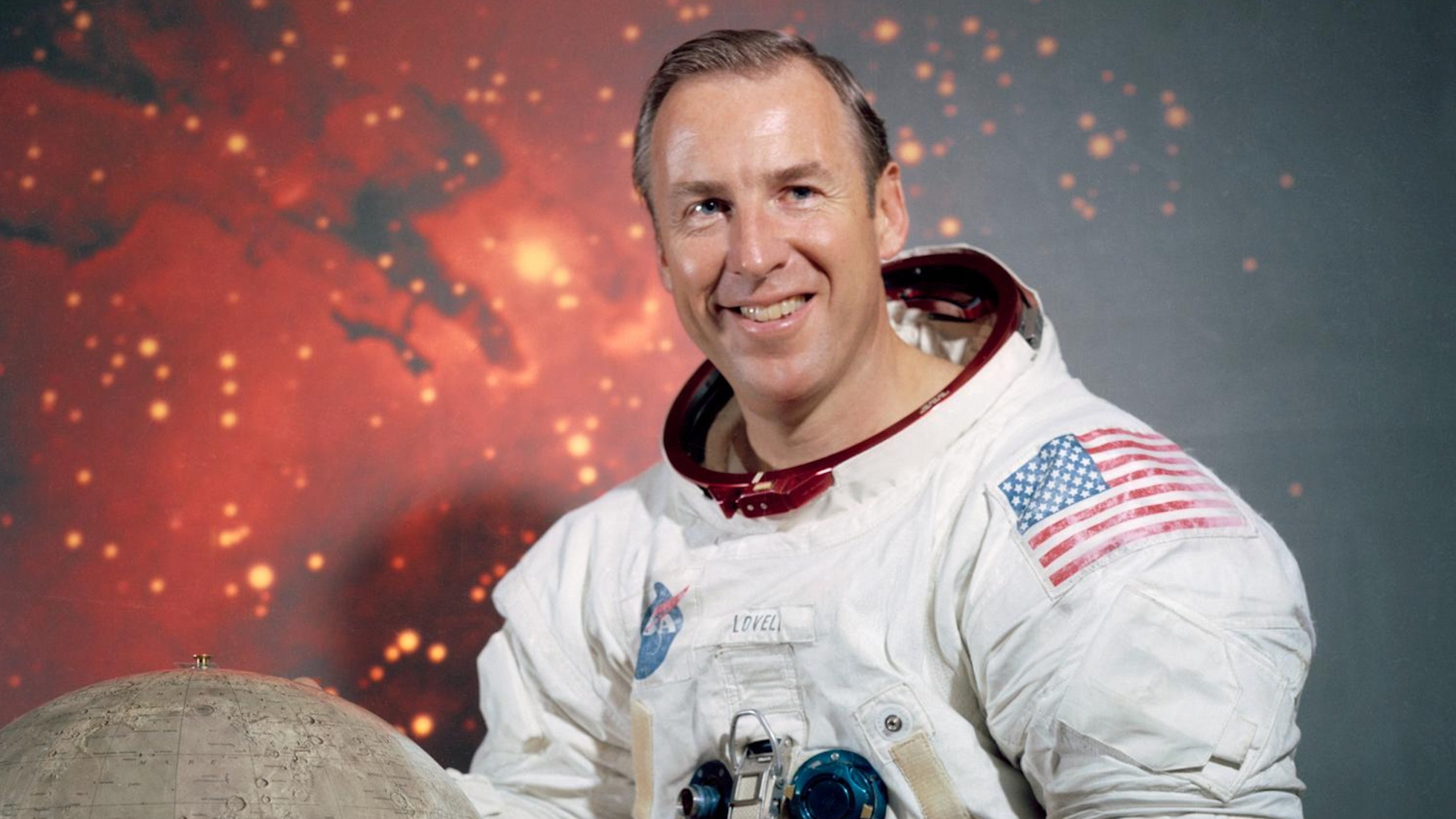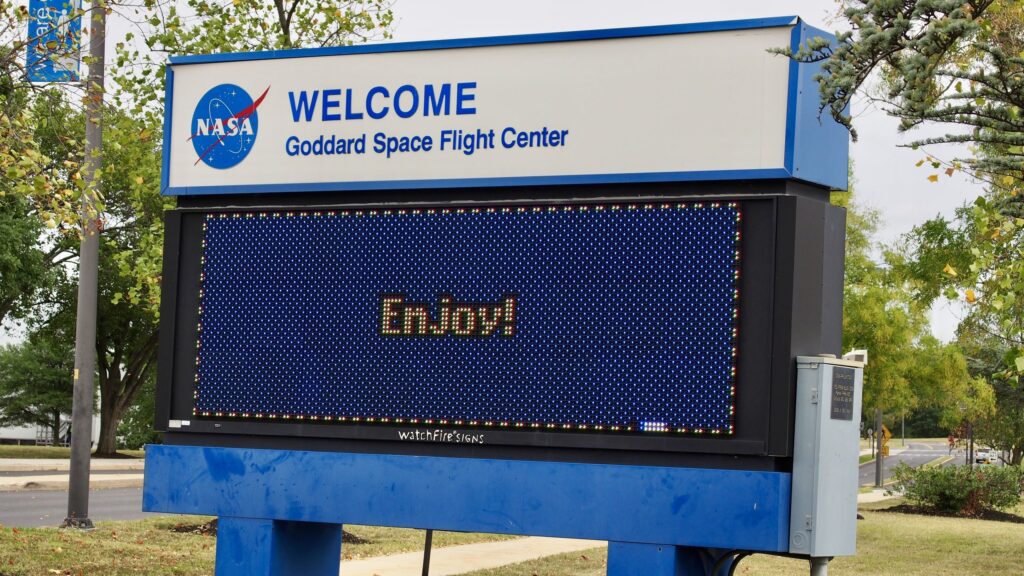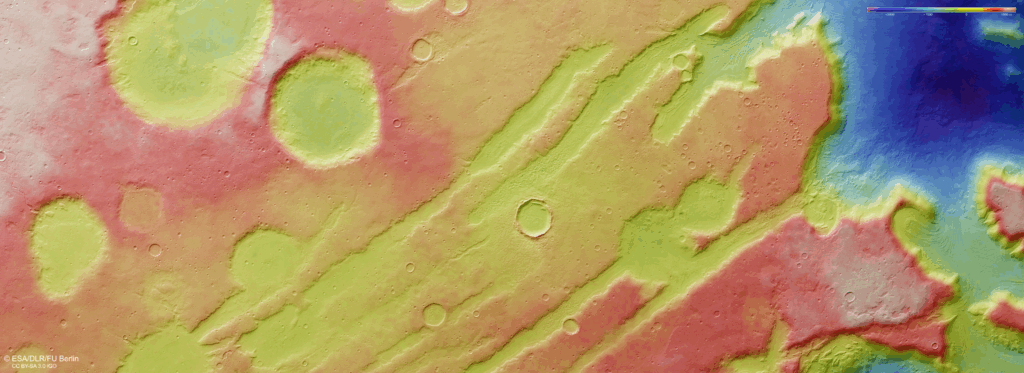Now Reading: Jim Lovell, commander of NASA’s Apollo 13 moon mission, dies at 97
-
01
Jim Lovell, commander of NASA’s Apollo 13 moon mission, dies at 97
Jim Lovell, commander of NASA’s Apollo 13 moon mission, dies at 97


NASA astronaut Jim Lovell, who helped turn the near-disastrous Apollo 13 moon mission into an inspiring tale of ingenuity and survival, has died at the age of 97.
Jim Lovell passed away on Thursday (Aug. 7) in Lake Forest, Illinois, according to NASA officials. But the astronaut, a veteran of four pioneering spaceflights, left a mark on the agency and the nation that will last far into the future.
“Jim’s character and steadfast courage helped our nation reach the moon and turned a potential tragedy into a success from which we learned an enormous amount,” acting NASA Administrator Sean Duffy said in a statement on Friday (Aug. 8). “We mourn his passing even as we celebrate his achievements.”
Lovell joined NASA in September 1962, as part of the agency’s second-ever astronaut class. Among his eight colleagues in that group were Apollo 11 moonwalker Neil Armstrong and Ed White, the first American to walk in space.
Lovell first flew to space in December 1965 on Gemini 7, a two-person, two-week-long mission that featured the first-ever rendezvous of two maneuverable crewed spacecraft in Earth orbit. The two-astronaut Gemini 6A capsule came within a mere foot or so of Gemini 7 (carrying Lovell and Frank Borman) high above our planet on Dec. 15 of that year.
On Nov. 11, 1966, Lovell and Buzz Aldrin launched on Gemini 12, which circled Earth for four days. It was the final mission of the Gemini program, which was designed primarily to help pave the way for the Apollo moon push.
Lovell’s third spaceflight was Apollo 8, the first crewed mission ever to go beyond Earth orbit. He served as command module pilot and navigator on the six-day flight in December 1968, which successfully went to lunar orbit and back. His crewmates were Borman and William Anders, who snapped the famous “Earthrise” photo on Christmas Eve of that year.
Then came Apollo 13 in April 1970, during which Lovell became the first person ever to reach space four times. He commanded the mission, which also included lunar module pilot Fred Haise and command module pilot Jack Swigert.
Lovell and Haise were supposed to become the fifth and sixth people ever to walk on the moon, but things didn’t go according to plan. An oxygen tank in the mission’s command and service module exploded, damaging the spacecraft and forcing the three astronauts into survival mode.
They abandoned their moon-landing plans and, working in concert with Mission Control in Houston, “converted their lunar module ‘Aquarius’ into an effective lifeboat,” NASA officials wrote in Lovell’s official biography.
“Their emergency activation and operation of lunar module systems conserved both electrical power and water in sufficient supply to assure their safety and survival while in space and for the return to Earth,” the officials added.
Lovell wrote about this experience in “Lost Moon: The Perilous Voyage of Apollo 13” (Houghton Mifflin, 1994). The book, which he co-authored with science journalist Jeffrey Kluger, became the basis for the 1995 movie “Apollo 13,” starring Tom Hanks as Lovell.
That movie, incidentally, popularized the phrase “Houston, we have a problem.” But it’s not entirely accurate; the actual quote — uttered by both Lovell and Swigert — is “Houston, we’ve had a problem.”
Related Stories:
James A. Lovell was born in Cleveland, Ohio, on March 25, 1928. He graduated from the U.S. Naval Academy in 1952 with a bachelor of science degree. That same year, he married Marilyn Gerlach; they would have four children together. (Marilyn passed away in September 2023.)
From 1958 to 1962, Lovell served as a test pilot at the Naval Air Test Center in Patuxent River, Maryland. For part of that time, he was manager for the Navy’s F4H “Phantom” Fighter program, which put into service supersonic jets built by McDonnell Douglas.
Overall, Lovell logged more than 7,000 hours of flying time, more than half of which came in jet aircraft, according to his NASA biography.
Lovell retired from the Navy and from NASA in March 1973, two years after completing the Advanced Management Program at Harvard Business School. He then held several high-level jobs, including executive vice president of the Chicago-based telecom company Centel Corp., a post from which he retired on Jan. 1, 1991.
Lovell had been the oldest surviving Apollo astronaut. That distinction now goes to Aldrin, who is 95. Only five of the 24 astronauts who flew to the moon during the Apollo era are still alive: Aldrin, Charles Duke, Harrison Schmitt, David Scott and Lovell’s Apollo 13 crewmate Fred Haise.
Stay Informed With the Latest & Most Important News
Previous Post
Next Post
-
 012024 in Review: Highlights from NASA in Silicon Valley
012024 in Review: Highlights from NASA in Silicon Valley -
 02Panasonic Leica Summilux DG 15mm f/1.7 ASPH review
02Panasonic Leica Summilux DG 15mm f/1.7 ASPH review -
 03How New NASA, India Earth Satellite NISAR Will See Earth
03How New NASA, India Earth Satellite NISAR Will See Earth -
 04And Thus Begins A New Year For Life On Earth
04And Thus Begins A New Year For Life On Earth -
 05Astronomy Activation Ambassadors: A New Era
05Astronomy Activation Ambassadors: A New Era -
06SpaceX launch surge helps set new global launch record in 2024
-
 07Space Force plans new ‘Futures Command’ amid pressure to speed up modernization
07Space Force plans new ‘Futures Command’ amid pressure to speed up modernization



















